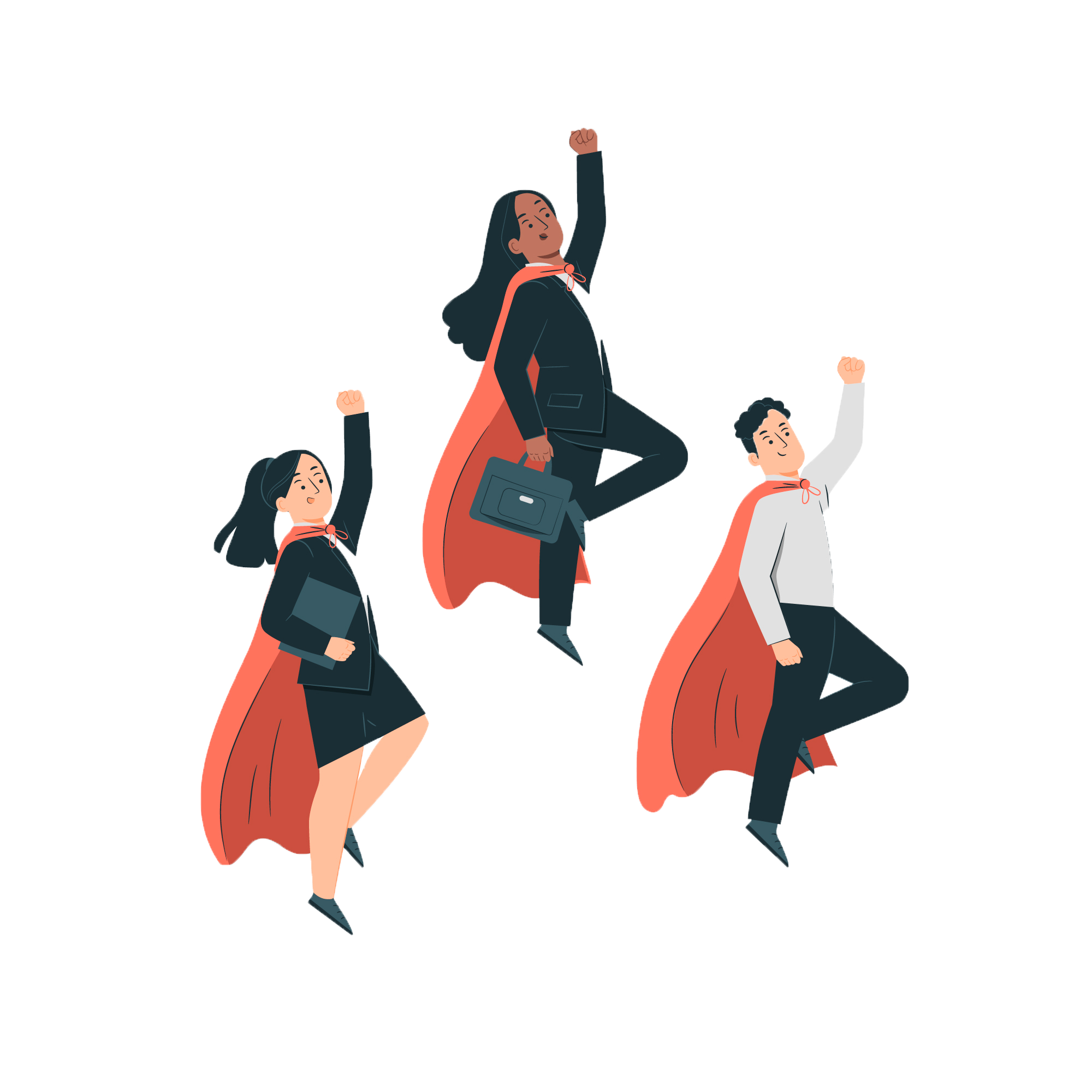Designing for satisfaction: enhancing the Notes app experience
Checking items off a to-do list is universally satisfying.
Could those lists look different if they were inherently designed to satisfy?
This project involved a deep dive into designing for a specific emotion, satisfaction. After a lot of research and study, I designed modifications to the Notes app, an app that most people do use on a regular basis, to provide satisfaction on every use of it. This case study details the process followed, from base research to the final designs.
Role: UX Designer/UX Researcher
Methods: User interviews, Wireframing
Tools: Figma, Google Workspace
Time frame: 16 weeks
The idea:
Modifying the notes app experience to elicit satisfaction.
Why could this idea work?
Changing the perception of to-do lists
Highlighting imminent satisfaction rather than workload and deadlines
Adding a fun dimension to the process
Replacing traditional interactions with fun interactions aimed at increasing the element of satisfaction associated with task completion
Indirectly enhancing productivity
Enhancing motivation to create tasks and complete them too
This idea resulted in the design of a slightly different Notes app, with lists and tasks reimagined!
I started off with some base research into emotional responses to digital content.
The digital content I chose to study were food videos on Instagram.
I studied specific aspects of these videos.
I also used a variety of methods to study the videos.
Analysis
Preliminary analysis of selected food videos
Interviews
Talking to others about their reactions and thoughts while watching these videos
Literature study
Studying previous research on emotions associated with food
From this research, I found out that satisfaction was the major emotion experienced.
This was either purely visual, or physical due to viewers actually acting on cravings induced by these videos.
Visual satisfaction stemmed from previous thoughts and perceptions of each individual regarding what tasty food looks like.
I also identified some associated emotions surrounding satisfaction.
Accomplishment
Anxiety
Calm
Familiarity
Happiness
Comfort
Next, I developed a design guide for aesthetics, and interactions aimed to create satisfaction.
Aesthetics
Color
Comfort and calm are usually associated with warm or earthy colors. This sense of comfort can lead to satisfaction.
Texture
Textures that are consistent on their own, or similar to textures generally associated with relaxation and satisfaction, can be satisfying visually as well.
Sound
Most people can virtually hear these images, which goes to show that sounds associated with relaxing or satisfying activities often define just how satisfying they are.
Interactions
Buttons
Buttons simulating the feeling of pressing a physical button through animation, sound etc.
Progress indicators
Indicating amount of completion can be simultaneously satisfying and motivating.
Activities
Simulating satisfying activities like completing a jigsaw puzzle, etc.
Display of process
Displaying the process from start to finish showing completion and enhancing the feeling of accomplishment
Personality
Reactive
Minimal static interactions
Consistent
Reinforcement of known interactions
Relatable
Familiar interactions with expected outcomes
Familiar
Amplifying previous positive experiences
Positive
Maintaining a dimension of happiness
In order to make better informed design choices for satisfaction, the next step was to discover other people’s thoughts and perceptions of satisfaction through a guided workshop.
After analyzing the input from workshop participants, I identified some major themes related to satisfaction.
The result - a version of the Notes app that allows users to create themed lists - with different interactions associated with each of them intended to elicit satisfaction.
Themes
The jigsaw puzzle themed list
The bubble wrap themed list
The color-by-numbers themed list
The dashboard
This tiny idea developed over a few months of research could be the start of a new approach to designing productivity apps in general.
This project focused on the Notes app, but other productivity apps could also be designed in ways that don’t just reduce the stress associated with their use, but eliminates it entirely. I look forward to exploring more avenues in this context, and possibly discovering many more approaches to designing for positive emotions.
References
Graphics- Freepik.com
https://www.splento.com/blog/food/food-photographys-impact-on-our-brain-and-emotions/
https://www.chelseadishes.com/brain-food-videos/
https://www.bbc.com/future/article/20211206-does-seeing-food-on-social-media-make-us-eat-more
https://www.thinkwithgoogle.com/marketing-strategies/video/millennials-eat-up-youtube-food-videos/
https://blog.sellfy.com/monetize-food-instagram/
https://officialsocialstar.com/blogs/blog/how-does-social-media-influence-food-trends
Instagram, Facebook

































